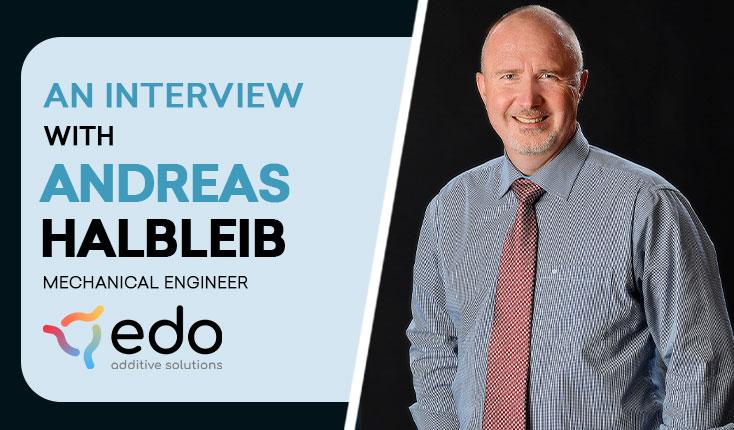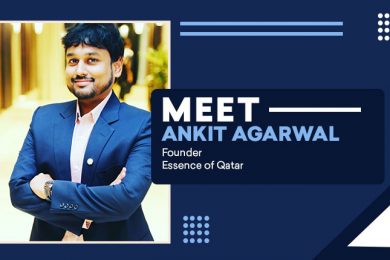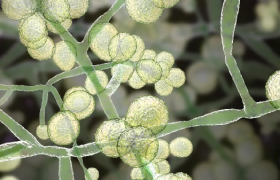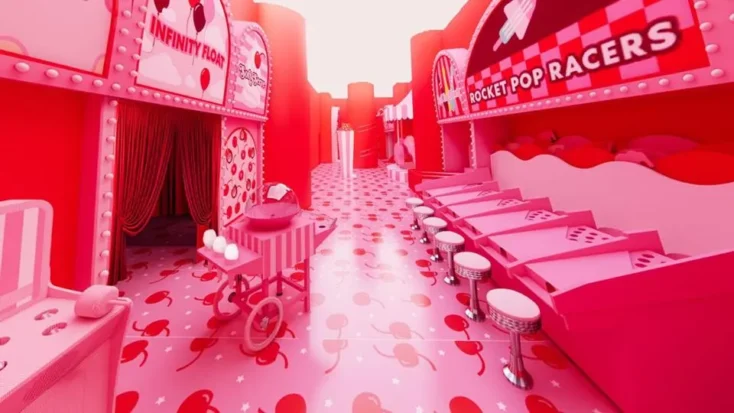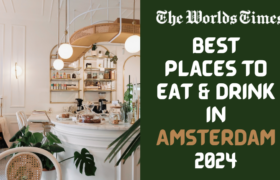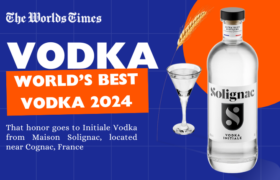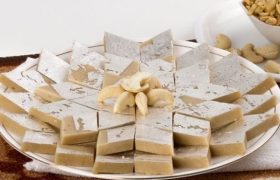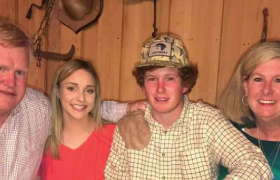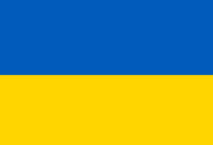We explore the responses provided in a recent interview questionnaire, shedding light on diverse aspects of the dynamic Additive Manufacturing (AM) market and its strategic implications. From staying abreast of the latest developments to optimizing compliance in design, the following insights provide a comprehensive understanding of the challenges and opportunities in the realm of advanced aerospace propulsion and additive manufacturing. Dive into the world of Additive Manufacturing (AM) insights. Stay current with exhibitions, networking, and AI. The GE LEAP nozzle showcases strategic AM implementation, underlining the importance of expertise. Tailor strategies to company dynamics, emphasizing know-how and sophisticated designs. Optimize products and processes with expert analysis and advanced technologies, unlocking the full potential of AM for a transformative impact on the industry.
Staying Ahead in Innovation
We started the interview by asking, “How do you stay updated with the latest developments in the dynamic Additive Manufacturing (AM) market?”
Andreas replied, “With keeping in touch with machine manufacturers and consumers. Great ways to do that are exhibitions like Formnext, a large network of friends in the market, and being part of newsletters. Also, being part of the right content platforms and groups, including having close connections to universities, is instrumental to keeping up with the state of the Industry and understanding and predicting future developments. And in a traditional way by close contact with customers, conferences/trade shows to understand the customers’ needs.”
Strategic Triumphs in Additive Manufacturing
The Worlds Times: Can you share an example of a corporate strategy that successfully embraced the benefits of AM?
Andreas replied, “The LEAP fuel nozzle from GE is an excellent example of a successfully embraced corporate strategy. By today, they have printed more than 100 thousand nozzles. However, it was a long and steady learning curve with lots of costs involved. When they first introduced the LEAP fuel nozzle in 2015, they already had more than half a decade of experience and were still to buy Concept Laser (a large manufacturer of 3D printers). I’m convinced that only after GE bought Concept Laser AM truly succeeded at GE. Therefore, I have come to the conclusion that it is possible to incorporate AM into your company, and it will make a huge difference if done correctly; however, without expertise in the field, it will not be a quick process, and it will be an expensive process with many failures, it will be much easier and more cost-effective with the right expertise, in case of GE it was concept laser, in your case, it might be us (edo additive solutions).”
Adapting Corporate Approaches
The Worlds Times: In what ways can a company adapt its strategies to fully comprehend the benefits of Additive Manufacturing?
Andreas replied, “AM in itself is not a solution in itself. It is only a solution if it’s implemented at the right place in a company. But every company is different, and therefore, the correct course of action for a successful strategy will differ. However, a good starting point is to understand that additive manufacturing needs know-how to be applied efficiently. Just because everything can be printed does not mean everything should be printed by far, or that design does not matter anymore. I would even go as far as to say good design and understanding of the process are more important than ever because only with sophisticated designs can AM unravel its full potential. These sophisticated designs were often the parts that were not possible in the past because of manufacturing limitations and being too expensive. If some understand these fundamentals, the right stones are laid for the house.”
Revolutionizing Design Paradigms
The Worlds Times: How can mainstream design practices be modified to fully embrace the potential of Additive Manufacturing?
Andreas replied, “You can’t modify mainstream design practices to use all the potential of AM. Look at the example of French fries. If I give you a potato and tell you to make me some French fries that look nice while staying economical (e.g., do not throw away most of the potato). You probably come up with a stick design that’s easy because you can just cut it up with the knife; you only need to throw away a small portion of the potato because the square-shaped sticks fit nicely into the potato. Now, if you somehow get potato paste and you could form layer by layer whatever you wanted, doing only sticks would be a waste of opportunity because now you could make spirals, triangles, hollow spheres, whatever it needs to stand out from your competition; you could even change the design depending on upcoming events while having less waste because you can use the whole potato to make the paste.”
Strategies to Boost Cost-Efficiency and Performance
The Worlds Times: What are the key design approaches and ideas that can significantly enhance cost-efficiency and performance in Additive Manufacturing?
Andreas replied, “Creating functionality that was not there before, combining multiple parts into one to reduce assembly cost and part count, optimizing parts in a mechanical sense, for example, for an application in aviation, it could be making it lighter. For every gram the part is lighter, the airline will save 1-2 dollars during the operational lifetime.”
Maximizing Potential
The Worlds Times: How do you optimize entire products, processes, and strategies using the unique capabilities of AM?
Andreas replied, “We analyze the circumstances and the company as a whole to understand what the targets are and where AM could add benefits. That requires a lot of know-how of the market, the capabilities of current systems, and a skilled eye for details. We have that skill set and the methods from many successful past projects and connections to universities and experts”
Optimizing Success
The Worlds Times: Can you share an example of a project where advanced optimization technologies were crucial to fully harness the cost and performance benefits of Additive Manufacturing?
Andreas replied, “In nearly every project, they are an important part. They enable us to get the most out of every part of the project. A great example of this is our robot arm bracket, which benefited hugely from the weight savings.”
Forecasting Nature’s Course
The Worlds Times: How do simulations and modeling play a role in forecasting the future of a glacier lake and its surrounding terrain?
Andreas replied, “Simulations can help understand what a glacier or a region might do in the future. This helps governments and infrastructure companies estimate the benefits and costs of future hydroelectric power plants and drinking water collection points. But that project demonstrates not only what simulations are capable of, it shows how to make data more accessible for everyone. Most of the time, however, we do not simulate glaciers but stresses, strains, fluid flows and temperatures to optimize the part for the desired properties.”
Overcoming Challenges in Stainless Steel
The Worlds Times: What challenges did you face in optimizing compliance in the design of the manometer, especially considering the use of stainless steel?
Andreas replied, “Stainless steel is a stiff material compared to other metals and especially polymers. This inherently makes it more difficult to get large amounts of motion. Nevertheless, we wanted to show that with good design and the use of state-of-the-art simulation, it is possible to make compliant mechanisms and get large visible and measurable deflections out of stiff materials. The key in such projects is to find the right balance between minimal feature size, achieved deflection, and overall stability. ”
Unveiling the Unique Advantages
The Worlds Times: What advantages does the compliance in the manometer provide, particularly under low-pressure conditions?
Andreas replied, “The advantages of a compliant mechanism are the simplicity in its structure, there are no parts that move against each other, and there is no need to assemble. Because the physics behind the compliant movement is well understood, it is also possible to predict exactly how long a part will withstand the design forces, and in that particular case, it also helps with chemical resistance. Since the part is one stainless steel part, there is no gasket or similar, which could be susceptible to the pressurized medium, and there is no abrasion in the device, which could contaminate the fluid.”
Revolutionizing Robotics
The Worlds Times: How does the Selective Laser Sintering (SLS) process contribute to creating customized brackets for robot arms?
Andreas replied, “SLS is a useful technology because it does not require support structures which makes it one of the technologies with the highest design freedom. That comes in handy when you optimize for weight with FEM simulations and shape optimization tools.
Selective Laser Sintering (SLS) is a game-changer when it comes to crafting customized brackets for robot arms. It’s all about flexibility – this process lets us design brackets that perfectly fit the needs of each specific robot arm. We’ve got a wide range of strong materials to choose from, so we can pick the perfect one for durability and performance.
What’s really cool is how fast we can prototype and tweak designs. SLS lets us quickly try out different bracket versions, making adjustments on the fly until we nail down the ideal fit and function for the robot arm.
Another neat thing is that with SLS, we can make assemblies as one solid piece instead of multiple parts. That means fewer assembly steps and potential weak spots, making the brackets stronger and more reliable.”
Revolutionizing Bracket Design
The Worlds Times: In what ways do engineering-grade polymers ensure lightweight construction and rapid production turnaround times in bracket design?
Andreas replied, “Engineering-grade polymers do have great strength-to-weight ratios, and they are by themselves already lightweight; this makes it easier to optimally place the material where it is actually needed. The process of placing material only where it actually is needed is also known as shape optimization. We also could have chosen a metal like aluminum or titanium, but that would have made it more difficult because the material is denser (but also stronger). Therefore, the minimum feature size would need to be smaller because, volume-wise, there is now less material needed to have the same strength. The weight of that part would still be similar because the strength-to-weight ratio is similar to the polymers.”
Guiding Lights for Entrepreneurs
The Worlds Times: What advice would you give to other entrepreneurs?
Andreas replied, “Being an entrepreneur is not easy, if it were easy, there would be way more companies out there. Also, keep in mind that entrepreneurship is not a sprint but a marathon with many stumble stones where you will fall over. Getting up from those falls and continuing running is way easier when you are yourself and you’re running for something you love.”
Connect Andreas Halbleib on LinkedIn
Visit edo additive solutions to learn more.
